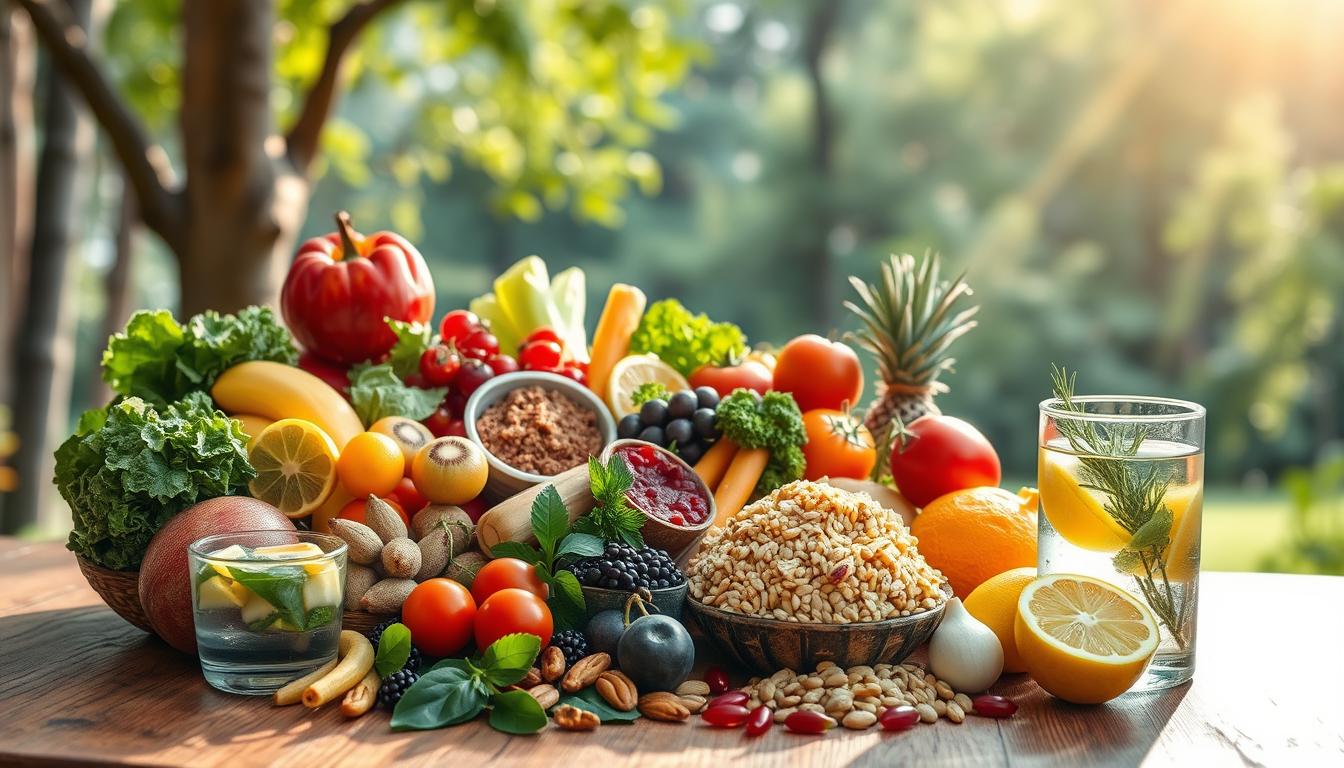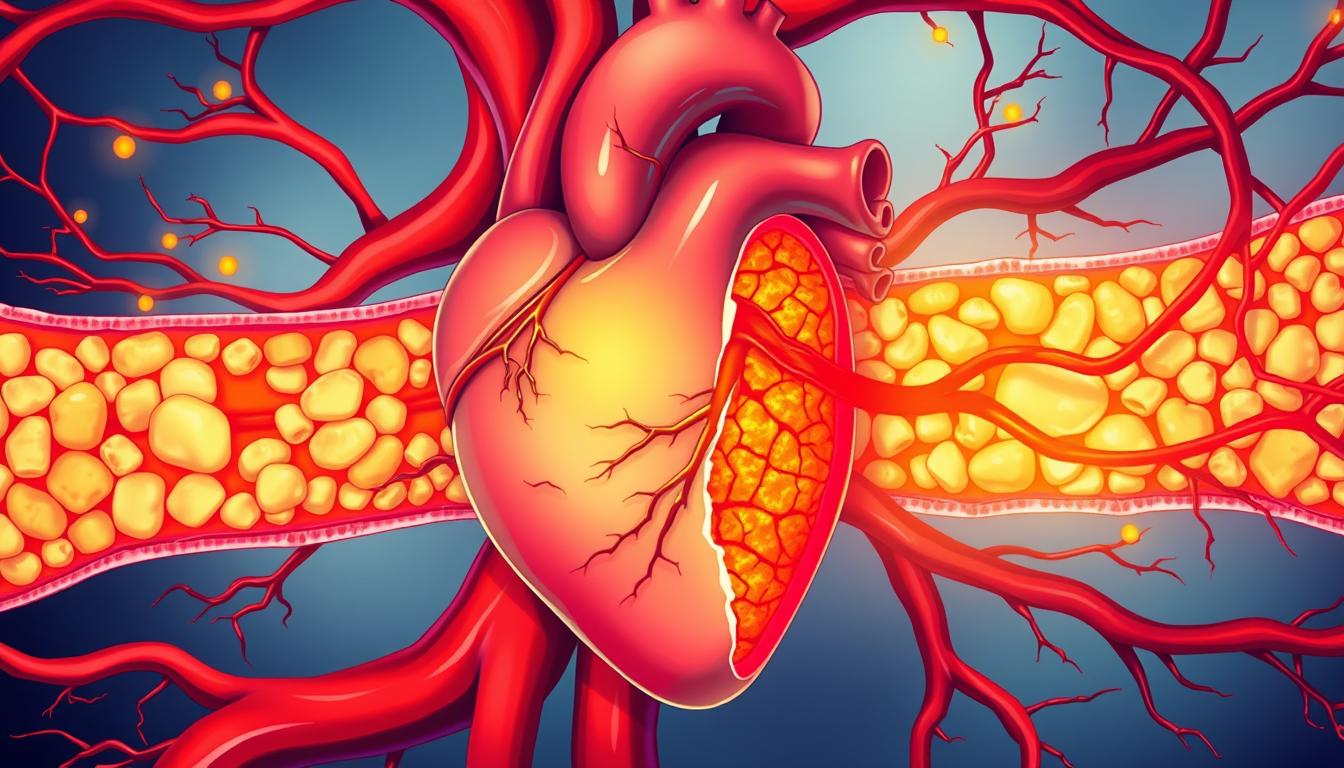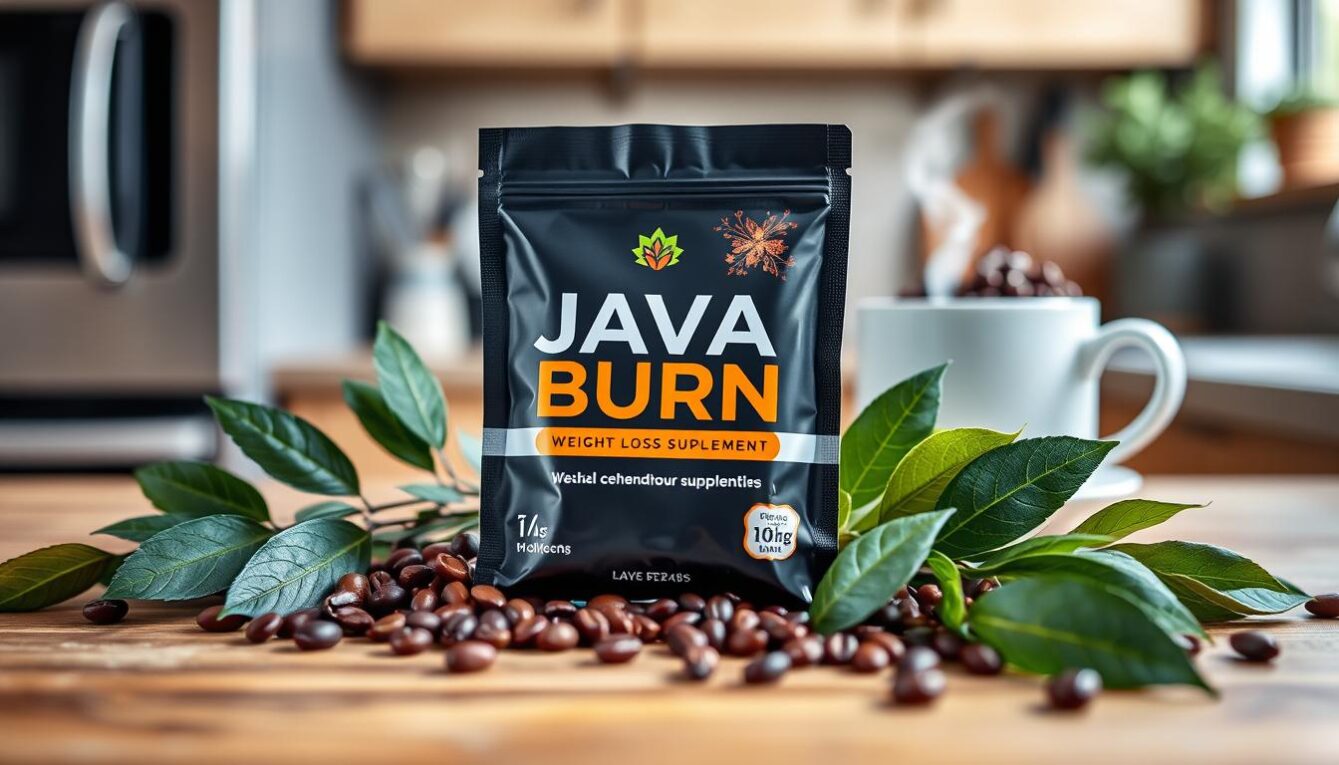Losing weight and keeping it off requires more than quick fixes. The best approach combines nutrition, exercise, and smart lifestyle habits. Research shows gradual progress—about 1-2 pounds per week—leads to lasting results.
Building muscle, eating enough protein, and balancing calories can boost your metabolism. Small changes, like better sleep and hydration, also make a big difference. Consistency beats extreme diets every time.
This guide covers proven methods, from strength training to intermittent fasting. Each tip supports energy levels and overall health. Sustainable fat loss is about working with your body, not against it.
Key Takeaways
- Gradual weight loss (1-2 lbs/week) is most sustainable.
- Muscle preservation helps maintain a healthy metabolism.
- Protein-rich diets support fat loss and energy.
- Lifestyle factors like sleep impact weight management.
- Long-term success comes from consistency, not shortcuts.
1. Strength Training to Boost Metabolism
Resistance training isn’t just for bodybuilders—it’s a fat-loss powerhouse. Studies show 4+ weeks of strength workouts reduce body fat by 1.46%. Unlike crash diets, building muscle creates lasting metabolic benefits.

How Muscle Mass Increases Calorie Burn
Muscle tissue burns 2.5x more calories than fat at rest. For every 10 pounds of muscle gained, your body uses 50 extra calories daily. This effect, called EPOC (Excess Post-Exercise Oxygen Consumption), keeps your metabolism elevated for up to 24 hours post-workout.
Best Strength Exercises for Fat Loss
Compound movements engage multiple muscle groups, maximizing calorie burn. Aim for 2-3 weekly sessions targeting:
- Squats and deadlifts (activate legs/core)
- Push-ups and rows (balance the upper body)
- Kettlebell swings (boosts heart rate)
| Tissue Type | Calories Burned/Day (per 10 lbs) | Impact on Visceral Fat |
|---|---|---|
| Muscle | 50 | Reduces significantly |
| Fat | 20 | No direct effect |
Full-body workouts with barbells or bodyweight exercises slash visceral fat, the dangerous type surrounding organs. Consistency trumps intensity; start with 2 sets of 8-12 reps per exercise.
2. Prioritize High-Protein Meals
Protein plays a crucial role in managing hunger and supporting metabolism. Unlike carbs or fats, it triggers hormones that signal fullness, making overeating less likely.

How Protein Tames Hunger Hormones
Eating protein reduces ghrelin, the hormone that stimulates appetite. It also boosts PYY and GLP-1, which promote satiety. Aim for at least 30g per meal to see these benefits.
The thermic effect of protein means your body burns 20-30% of its calories during digestion. This makes it a powerhouse for weight loss.
Protein-Packed Breakfast Ideas
Start your day with these easy options:
- Greek yogurt bowls: Top with nuts and berries for extra fiber.
- Turkey egg muffins: Bake with spinach for a veggie boost.
- Chia pudding: Mix with almond milk and let it thicken overnight.
Plant-based? Try tempeh scramble or lentil pancakes. Both deliver 15-20g of protein per serving.
3. Master Intermittent Fasting
Timing your meals strategically can unlock powerful fat-loss benefits. Intermittent fasting (IF) cycles between eating and fasting hours, training your body to burn stored fat for energy. Research shows it reduces calories without strict diet rules.
The 16/8 Method Explained
The 16/8 approach limits eating to an 8-hour window daily (e.g., noon–8 PM). Studies note a 300–500 calorie drop, aiding weight loss. This aligns with circadian rhythms, boosting metabolism.
Tips for success:
- Start with a 12-hour fast, gradually extending to 16 hours.
- Hydrate with black coffee or tea to curb hunger.
- Avoid overeating post-fast—focus on protein and veggies.
5:2 Diet and Alternate-Day Fasting
The 5:2 diet involves eating normally for 5 days and restricting to 500–600 calories on 2 non-consecutive days. Alternate-day fasting doubles fasting days but is harder to maintain.
Key differences:
| Method | Adherence Ease | Best For |
|---|---|---|
| 16/8 | High | Beginners |
| 5:2 | Moderate | Flexible schedules |
| Alternate-day | Low | Experienced fasters |
Beyond weight loss, IF triggers autophagy—a cellular cleanup process linked to longevity. Pair it with nutrient-dense meals for maximum results.
4. Track Your Food Intake
Monitoring what you eat can transform your weight loss journey. Studies show people who log their food lose 15% more pounds than those who don’t. Whether using apps or notebooks, tracking creates accountability for every bite.
Why Food Journals Work
Recording your intake highlights patterns like mindless snacking or nutrient gaps. Popular apps like MyFitnessPal simplify logging with barcode scanning and meal databases. LoseIt! offers similar features with extra focus on macronutrient balance.
Key advantages of tracking:
- Prevents calories from creeping up through unrecorded snacks
- Reveals portion distortion—what we think is 1 serving often isn’t
- Photo journals help visual learners stay consistent
How Logging Affects Eating Habits
Seeing your food choices in writing creates natural portion control. One study found pedometer users lost twice as much weight, proving measurement drives results. For best outcomes:
- Log meals within 30 minutes of eating
- Include cooking oils and condiments—they add up
- Set protein and fiber goals to stay full longer
Note: While tracking boosts weight loss, those with disordered eating histories should consult a doctor first. The goal is awareness—not obsession over every calorie.
5. Practice Mindful Eating
Mindful eating transforms meals from mindless routines into powerful weight management tools. By focusing on the experience of eating, you tune into your body’s signals, preventing overconsumption. Research shows 20-minute meals improve satiety hormones, helping you feel full with less food.
Master the Art of Slow Eating
Speed matters. Eating too fast skips critical hunger cues. Try these techniques:
- Use chopsticks or your non-dominant hand to pace bites.
- Chew each bite 20 times—this aids digestion and extends meal time.
- Pause between bites; place utensils down to reset.
Distracted eaters consume 25% more calories than those focused on their meals.
Create a Distraction-Free Zone
Screens sabotage mindful eating. Designate tech-free dining areas to:
- Notice food textures and aromas, enhancing satisfaction.
- Rate hunger on a 1-10 scale before and after meals.
- Prevent “autopilot” snacking during TV time.
This approach aligns with any diet plan, teaching sustainable habits beyond calorie counting. The more present you are, the less you’ll need restrictive rules.
6. Cut Back on Added Sugars
Sugar isn’t just empty calories—it’s a direct contributor to stubborn belly fat. Research shows fructose, a common sugar type, drives visceral fat storage, increasing risk for metabolic diseases. Even “healthy” foods like granola or ketchup hide surprising amounts.
How Sugar Fuels Fat Storage
When you consume sugar, insulin spikes signal fat cells (*adipocytes*) to expand. Over time, this promotes belly fat accumulation. One study found sugary drinks raise BMI by 0.5 points—equivalent to 5–10 extra pounds annually.
“Fructose is a key driver of visceral fat, the dangerous type surrounding organs.” —Nutrition Research Journal
Smart Swaps to Satisfy Cravings
Ditch the candy bars for these snacks:
- Dark chocolate-covered almonds (70% cocoa or higher).
- Fruit-infused water: Mix berries and mint in chilled water.
- Cinnamon-spiced yogurt: Vanilla and cinnamon curb sweet cravings naturally.
Adjusting your diet doesn’t mean deprivation—just smarter choices. Read labels for hidden sugars (look for -ose endings like dextrose) and prioritize whole fruits over juices.
7. Choose Whole Grains Over Refined Carbs
Not all carbs are created equal—whole grains offer unique metabolic advantages. Research shows their eaters have 17% lower belly fat compared to refined grain consumers. The difference lies in preserved nutrients and fiber that slow digestion.
Why Fiber Keeps You Fuller Longer
Fiber forms a gel in your gut, delaying stomach emptying. This triggers satiety hormones that reduce hunger for hours. Brown rice (GI 50) causes gentler blood sugar spikes than white rice (GI 73)—key for energy stability.
“Each daily serving of refined grains correlates with 0.5lb annual weight gain.” —American Journal of Clinical Nutrition
Nutrient-Dense Whole Grain Options
These ancient grains pack maximum nutrients per bite:
- Freekeh: 4x the fiber of quinoa, rich in zinc
- Teff: Contains resistant starch for gut health
- Spelt: High in magnesium for metabolic function
Try barley risotto or quinoa stir-fry for satisfying meals. The beta-glucan in oats and barley also helps lower cholesterol—a bonus for heart health.
8. Increase Your Fiber Intake
Fiber is a powerhouse nutrient that does more than just keep you regular. Studies show 28-34g daily reduces calorie absorption and trims waistlines. This unsung hero of your diet fights hunger while nourishing gut bacteria.
Soluble vs. Insoluble: A Dynamic Duo
Soluble fiber (like psyllium) forms a gel, slowing digestion. Research links it to 3.7% smaller waistlines. Insoluble fiber (wheat bran) adds bulk, preventing constipation. Both play unique roles in fat loss.
“Gut bacteria ferment fiber into butyrate—a compound that may block fat storage.” —Nutrition Research Journal
Top Fiber-Rich Foods to Try
Add these to meals for effortless intake:
- Chia seeds: Stir into smoothies (10g per ounce)
- Lentils: 15g per cup, perfect for soups
- Raspberries: 8g fiber per cup—great with yogurt
- Avocados: A Creamy source with heart-healthy fats
Start slowly—increase by 5g weekly to avoid bloating. Pair with water to help fiber expand and work its magic.
9. Optimize Gut Health with Probiotics
Your gut does more than digest food—it’s a key player in managing body weight. Research reveals that the right balance of gut bacteria can influence fat storage and even lower obesity risk. A thriving microbiome helps regulate appetite, reduce inflammation, and improve nutrient absorption.
The Science Behind Gut Bacteria and Fat Storage
Your gut hosts trillions of microbes, mainly from two groups: Firmicutes and Bacteroidetes. Studies show that an imbalance, with too many Firmicutes, may increase calorie extraction from food by up to 10%. This can lead to weight gain over time.
Probiotic strains like Bifidobacteria have been shown to reduce visceral fat by 4.6%. Another study found that regular kimchi consumption lowers obesity risk by 28%. These beneficial bacteria help in several ways:
- Producing short-chain fatty acids that regulate fat metabolism
- Reducing gut permeability (leaky gut) linked to inflammation
- Balancing hormones that control hunger and satiety
Top Fermented Foods for a Healthier Gut
Not all probiotic foods are created equal. For maximum diversity, consider these options:
“Kefir contains up to 30% more probiotic strains than yogurt, making it superior for gut diversity.” —Journal of Nutrition
- Homemade sauerkraut: Ferment cabbage with salt for 2+ weeks to boost Lactobacillus
- Miso paste: Rich in enzymes that aid digestion (use in soups or dressings)
- Water kefir: A dairy-free alternative packed with beneficial yeasts
Pair these with prebiotic foods like jicama, dandelion greens, or garlic to feed good bacteria. Be cautious with store-bought kombucha—some brands contain as much sugar as soda, which counteracts gut health benefits.
10. Prioritize Quality Sleep
Skimping on sleep sabotages more than energy—it rewires fat storage. Research shows that under 6 hours nightly increases visceral fat by 12% and slashes leptin (the fullness hormone) by 18%. Your metabolism and hormones hinge on those precious hours of shut-eye.
How Sleep Shapes Your Metabolism
During deep sleep, your body repairs muscle and balances hunger signals. REM cycles regulate insulin sensitivity, lowering risk of blood sugar spikes. A single restless night raises cortisol, triggering cravings for high-calorie foods.
“Sleep deprivation tricks your brain into thinking you’re starving—even after a full meal.” —Journal of Clinical Endocrinology
Science-Backed Sleep Hacks
Try these tweaks for 7+ hours of restorative rest:
- Block blue light after sunset with amber glasses (reduces melatonin disruption).
- Take 200mg magnesium glycinate before bed—it relaxes muscles and quiets mind chatter.
- Set your thermostat to 65°F (18°C). Cooler temps mimic natural sleep cues.
- Skip caffeine after 2 PM. It lingers in your system for 8+ hours.
Small changes compound over time. Prioritize sleep like you would nutrition, and watch body weight management become effortless.
11. Manage Stress to Control Cortisol
Stress isn’t just a mental burden—it physically reshapes how your body stores fat. When stress becomes chronic, it triggers cortisol release, a hormone that directs fat to accumulate around your midsection. Research confirms that 8 weeks of stress management can reduce BMI by 1.5 points.
The Science Behind Stress and Fat Storage
Your body’s fight-or-flight response floods your system with glucose for quick energy. When unused, this energy converts to body fat, especially visceral fat. Elevated cortisol levels also increase appetite, often for high-calorie comfort foods.
Key effects of chronic stress:
- Increases abdominal fat storage by 12%
- Reduces leptin (fullness hormone) by 18%
- Slows metabolism by up to 100 calories daily
Powerful Stress-Reduction Strategies
Combat stress with these science-backed techniques:
“Just 10 minutes of daily deep breathing lowers cortisol by 17%.” —Journal of Clinical Psychology
| Technique | Frequency | Impact on Cortisol |
|---|---|---|
| 4-7-8 Breathing | 3x daily | Reduces by 23% |
| Forest Bathing | Weekly | Lowers by 15% |
| Yoga Nidra | 20 min daily | Decreases by 30% |
Adaptogens like ashwagandha and rhodiola help your body resist stress. These herbs regulate hormones and may reduce risk of stress-related weight gain. Pair them with regular activity like walking for maximum benefits.
Simple daily habits make a difference. Try phone-free evenings or gratitude journaling to create calm. Your waistline—and mental health—will thank you.
12. Drink More Water and Unsweetened Beverages
Hydration is a silent hero in weight management, often overlooked but critical for metabolic efficiency. Research shows drinking 2 liters of water daily burns 100 extra calories—equivalent to a 10-minute jog. Beyond quenching thirst, smart fluid choices reduce sugar intake and stabilize energy levels.
Water’s Thermogenic Effect
Cold water triggers thermogenesis—your body burns calories to heat it to body temperature. Storing water in copper bottles adds alkaline benefits, balancing pH and aiding digestion. For maximum impact:
- Drink 16 oz upon waking to jumpstart metabolism.
- Sip throughout meals to enhance fullness signals.
Smart Swaps for Sugary Drinks
Replacing soda with water slashes BMI by 0.7 points. Try these refreshing alternatives:
- Cucumber-mint water: Slice ½ cucumber + 10 mint leaves per pitcher.
- Ginger-lemon infusion: Steep 1 tbsp grated ginger + 1 lemon overnight.
“Diet sodas spike insulin levels, increasing hunger by 20% despite zero calories.” —Journal of Obesity
| Beverage | Calories/Serving | Better Alternative |
|---|---|---|
| Soda | 150 | Sparkling water + lime |
| Latte | 250 | Unsweetened almond milk |
| Sports drink | 130 | Coconut water (no added sugar) |
Hydration supports every fat-loss strategy. Carry a reusable bottle and flavor it naturally to stay on track.
13. Incorporate High-Intensity Interval Training (HIIT)
Short bursts of intense activity can torch more body fat than hours of steady cardio. Studies show cycling HIIT reduces fat 3x faster than jogging while taking half the time. This method alternates max-effort sprints with recovery periods, creating an energy deficit that lasts up to 48 hours.
Why HIIT Outperforms Steady-State Cardio
A 20-minute HIIT session burns 25% more calories than continuous exercise. The magic lies in EPOC (Excess Post-Exercise Oxygen Consumption)—your body keeps working to restore oxygen levels. This afterburn effect elevates your metabolism for hours post-workout.
Key differences:
| Factor | HIIT | Steady-State |
|---|---|---|
| Duration | 15-20 min | 45-60 min |
| EPOC Effect | Up to 48h | 2-4h |
| Fat Oxidation | 28% higher | Moderate |
Customizable HIIT Routines
Beginners should start with 30-second sprints followed by 90-second walks. Repeat 5-8 rounds. For advanced trainees, the Tabata protocol (20s work/10s rest x 8 rounds) delivers intense results.
Equipment options add variety:
- Battle ropes: Waves and slams engage the entire body
- Sled pushes: Build power while torching calories
- Bodyweight circuits: Burpees, mountain climbers, and jump squats
“Three weekly HIIT sessions reduce waist circumference by 2.5cm in 8 weeks—even without dietary changes.” —Journal of Sports Science
Always warm up for 5 minutes and cool down afterward. Listen to your body and adjust intensity as needed. Consistency with HIIT yields better long-term results than sporadic marathon sessions.
14. Harness the Power of Caffeine and Green Tea
Your morning cup does more than wake you up—it fires up fat-burning mechanisms. Research shows 250mg caffeine increases meal metabolism by 10%, while green tea catechins boost fat oxidation by 17%. Together, they form a potent duo for sustainable energy and body composition changes.
Caffeine’s Metabolic Supercharge
This stimulant blocks adenosine receptors, delaying fatigue during workouts. The effect goes beyond the gym—your body burns extra calories digesting food for hours afterward. For best results:
- Time intake: 30 minutes pre-exercise
- Pair with L-theanine (found in tea) to smooth jitters
- Limit to 400mg daily to avoid tolerance
“Caffeine increases fat oxidation during exercise by 27% when consumed beforehand.” —International Journal of Sport Nutrition
Green Tea’s Fat-Fighting Compounds
EGCG, green tea‘s star antioxidant, activates fat-burning genes. Matcha lattes with MCT oil create a sustained energy boost without crashes. The nutrients work synergistically:
| Compound | Effect | Optimal Dose |
|---|---|---|
| EGCG | Boosts fat oxidation | 200-300mg |
| L-theanine | Counter caffeine anxiety | 100-200mg |
| Caffeine | Enhances metabolism | 50-100mg per cup |
Note: Avoid consumption after 2 PM to protect sleep quality. Cold-brewed green tea has lower tannins, making it gentler on sensitive stomachs while preserving nutrients.
15. Eat Smaller, Frequent Meals
Strategic meal timing can reshape your metabolic efficiency. Research shows eating 5-6 meals daily boosts thermogenesis by 5%, helping your body burn extra calories through digestion. This approach also stabilizes blood sugar, reducing energy crashes.
The Science Behind Meal Frequency
Contrary to “starvation mode” myths, regular eating enhances insulin sensitivity. A Journal of Nutrition study found that 3 main meals plus 2 snacks prevented evening overeating by 23%. Key benefits include:
- Steady energy: Prevents blood sugar rollercoasters
- Muscle preservation: Constant protein supply aids recovery
- Portion control: Smaller servings feel satisfying
“Participants eating every 3 hours showed 14% lower cortisol levels than those with long gaps between meals.” —Metabolism Clinical Journal
Smart Snacking Strategies
Choose protein-rich options to curb hunger between meals. These portable choices deliver nutrients without spiking insulin:
| Snack | Protein (g) | Prep Time |
|---|---|---|
| Turkey jerky | 12 | None |
| Hard-boiled eggs | 6 | 10 min |
| Cottage cheese bowl | 14 | 2 min |
For plant-based options, try almond butter, celery sticks, or roasted chickpeas. Always pair carbs with protein or fat to slow digestion and extend fullness.
16. Conclusion
Your journey to better health is about progress, not perfection. Lasting weight loss comes from habits you can maintain, not extreme measures. Combine 3-4 strategies—like strength exercise and a balanced diet—for the best results.
Celebrate non-scale victories: improved energy, deeper sleep, or clothes fitting better. Track progress with photos or measurements, not just the scale. Your body responds uniquely, so patience pays off.
For personalized plans, consult a nutritionist or trainer. Small tweaks to your lifestyle add up. Remember, sustainable changes outlive quick fixes every time.













